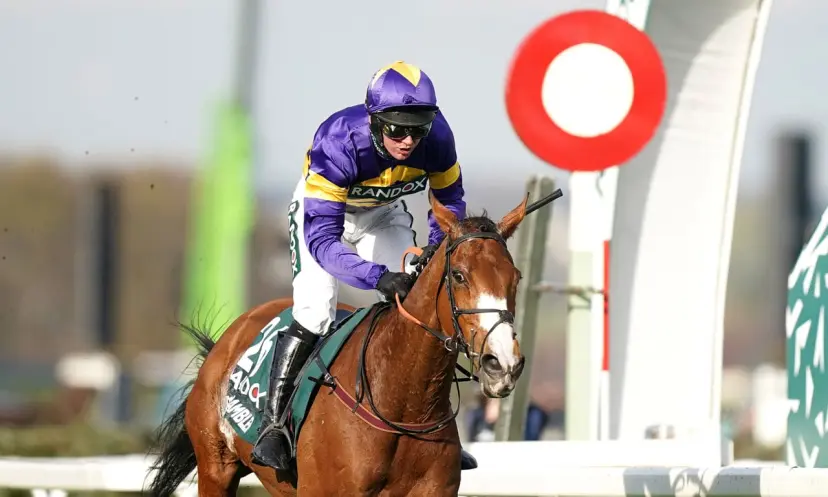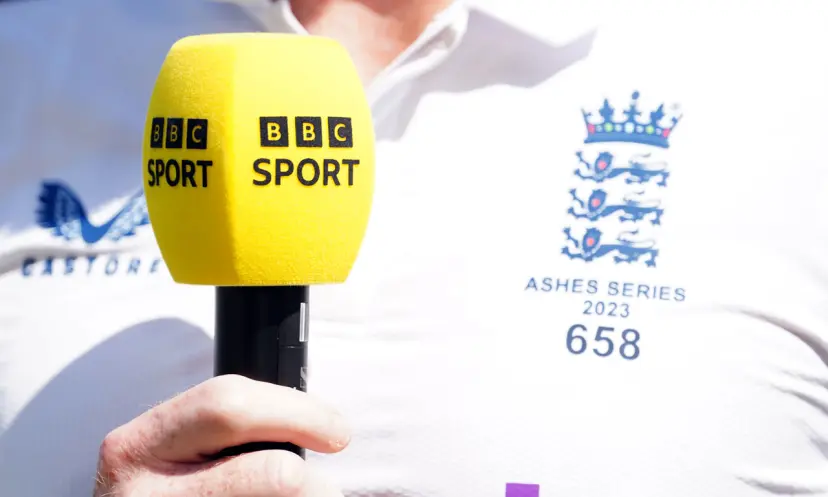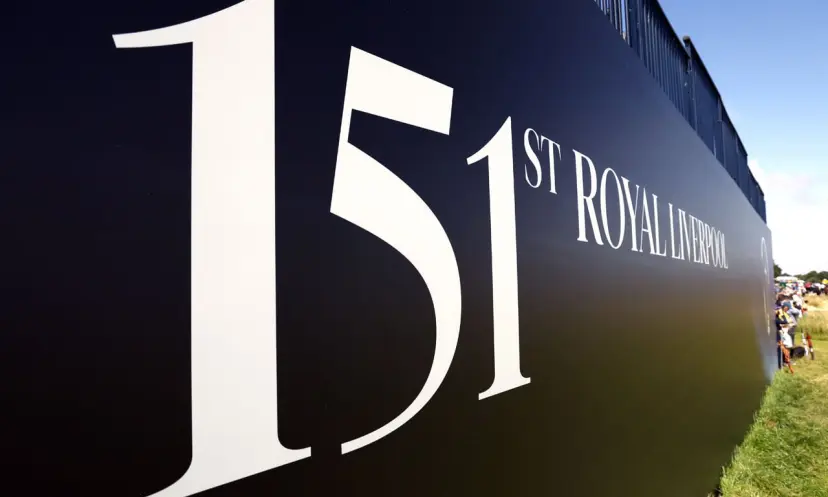3,2,1, go! How do F1 drivers prepare for the season?
Published: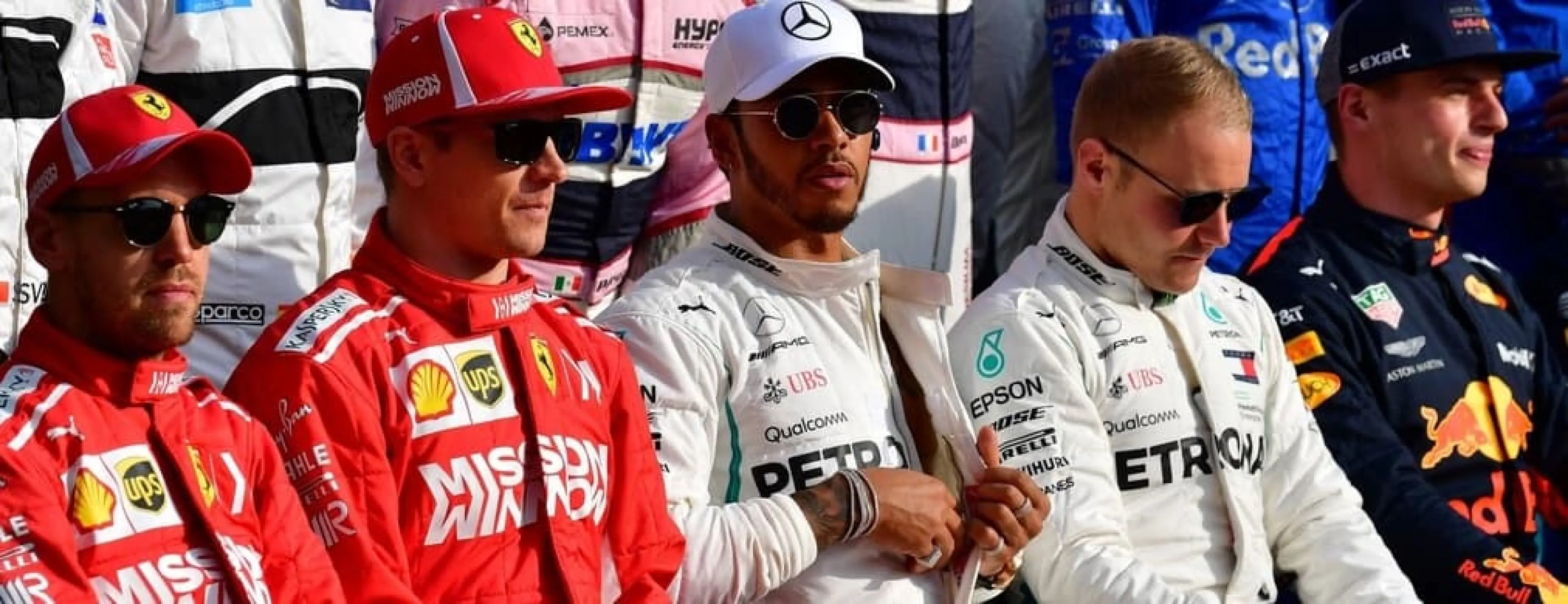
The Formula One season lasts from March to December, but in the winter months drivers aren’t resting up, in fact, it can often be their busiest time!
They’re training hard and preparing themselves to be in the best possible condition for the new season. It’s not a coincidence that Formula One drivers are some of the fittest athletes in the world.
And with today’s hybrid cars being more demanding than ever before, being in tip-top shape is vital.
Nowadays, Formula One drivers are some of the fittest sportsmen on the planet. World champions like Ayrton Senna and Michael Schumacher saw the difference fitness could make in lap times and stole an advantage by taking their fitness and sharpness to new levels. Their impact is still felt today.
Stay in shape to stay fast: F1 training routine
The demands of a Formula One driver are unique in sport. They’re totally different from the physical demands of a footballer, a rugby player, or a cyclist.
They must be strong to combat the intense G-Forces produced during a race but must balance that by trying not to weigh too much and not gain too much muscle weight. And that’s not easy to do!
A fitter driver will remain more focused during a race and will make fewer errors. In the gym, they will focus on the neck and chest muscles, as these are the areas most heavily tested during a race.
Cardio work is also vitally important. The lower a driver can keep their heartbeat during a race, the more focused he will be to make correct decisions in a split-second. It’s those decisions which are the difference between an overtaking move and spinning-off!
Cardio training also helps drivers combat the effects of a Grand Prix, where they can lose up to 3kg of their own body weight through sweating.
Formula One drivers often go swimming, running and cycling in order to ensure that their bodies are in the right condition.
2009 world champion Jenson Button developed his pre-season regime to such an extent he became a renowned elite triathlete!
Maintaining as low a weight as possible can be more difficult for some drivers than others. Naturally tall drivers such as Mark Webber, Marcus Ericsson and Nico Hulkenberg have all struggled to keep their weight down. Smaller and lighter drivers have a natural advantage.
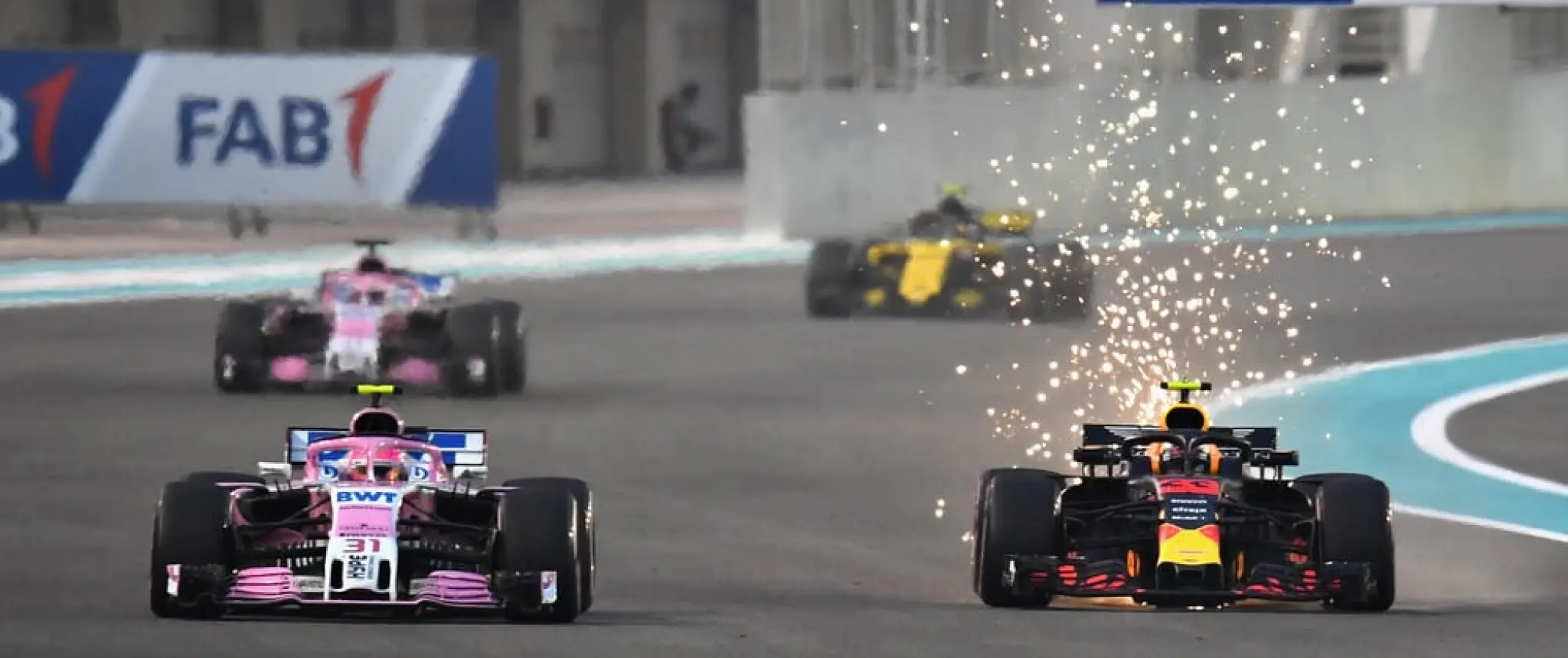
No pizzas, please! A Driver’s Diet
All sports stars need to be in good shape, and that means they’ve got to eat the right stuff. You won’t find Formula One drivers tucking into a McDonald’s or a KFC!
Nowadays, all Formula One drivers and their teams focus heavily on diet. It’s vitally important in the search to shave off precious weight and lap time.
A balanced and healthy diet will ensure that a driver isn’t carrying any extra weight, and will remain focused during a race.
To help achieve that, nutritionists are hired to ensure their drivers eat the right food in order to stay sharp and healthy throughout the taxing season.
But that doesn’t mean all drivers eat the same things. Some enjoy pasta, chicken and a balanced carbohydrate diet.
Others, however, such as five-time world champion Lewis Hamilton, follow a strict vegan diet.
Body + mind = speed! F1 training techniques
Formula One drivers don’t just hit the gym or go cycling to get in shape, however.
There’s the matter of mind-management too. Just like in football, basketball, or any elite-level sport, making instant and correct decisions can be the difference between victory and defeat.
A driver needs to make split-second decisions thousands of times during a race. The better shape they are in, the more likely they are to make the right – and potentially race-winning – decision.
That means they need to be mentally fit and sharp. Many drivers now enjoy regular meditation and yoga sessions in order to be in the best possible mindset for a race and a season.
For his world-title winning campaign, 2016 champion Nico Rosberg found that undergoing meditation and focusing on his mental strength was a key factor in his success.
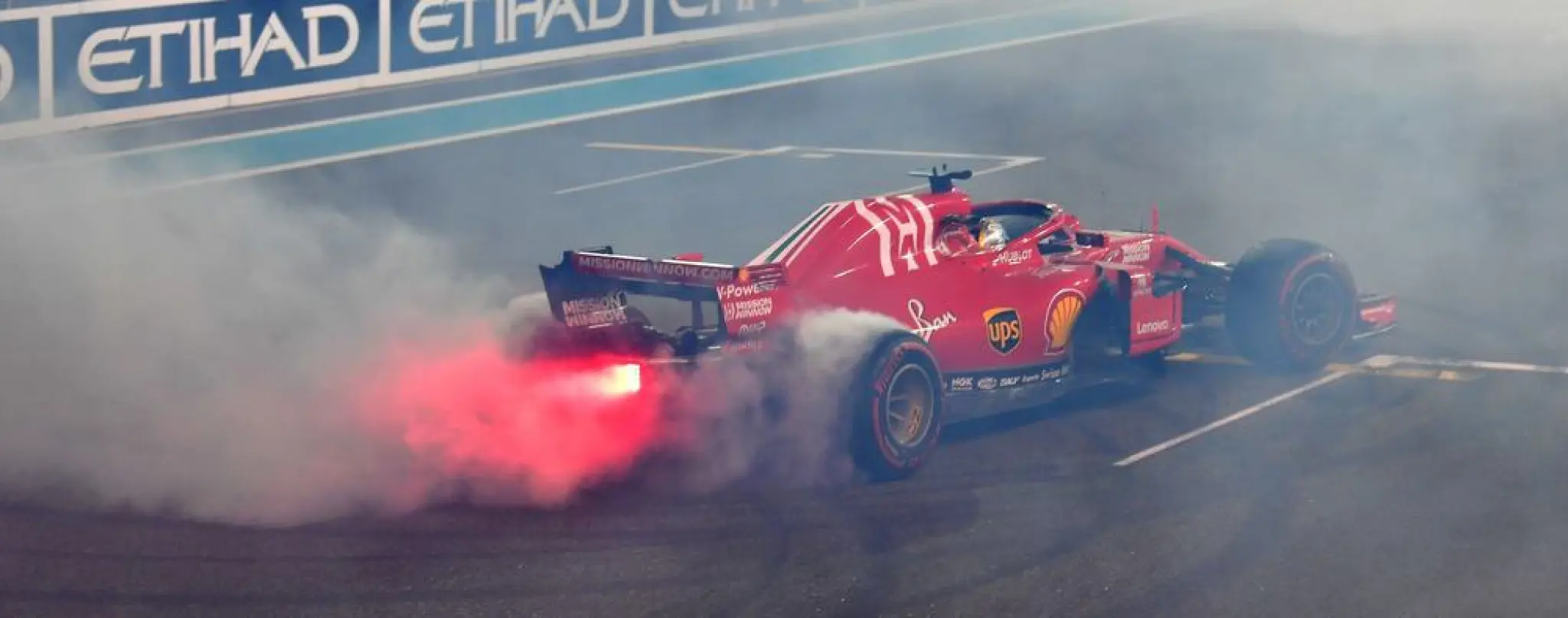
Start your engines! F1 Pre-season Practices
Pre-season practice is when there’s a buzz in the air and fans really start to get excited.
It means the new season is just around the corner! The world gets its first glimpse of the new cars, the new liveries and sponsors, plus any new drivers too.
After the end of a season, Formula One drivers usually take a short break to recuperate and rest before resuming training for the new campaign.
Through December and January, they will be in the gym or in warm-weather climates to prepare.
Then it’s off to pre-season testing which takes place in February, before the new season’s first race in March.
Formula One teams and drivers take part in two four-day sessions, each at Spain’s Circuit de Catalunya near Barcelona.
With so many teams based in the United Kingdom, there are costs involved in shipping the cars and freight out to Spain, but the venue can usually be relied upon to provide warm and dry weather.
Oddly though, pre-season testing for 2018 was heavily disrupted by rain, freezing temperatures and fog.
Other pre-season venues have included Jerez in Spain, Silverstone in the UK and Bahrain.
The F1 season begins on the 17th March in Melbourne, Australia where all the preseason training will be swiftly put to the test! And we’ll see whose championship charge gets off to the best start!



